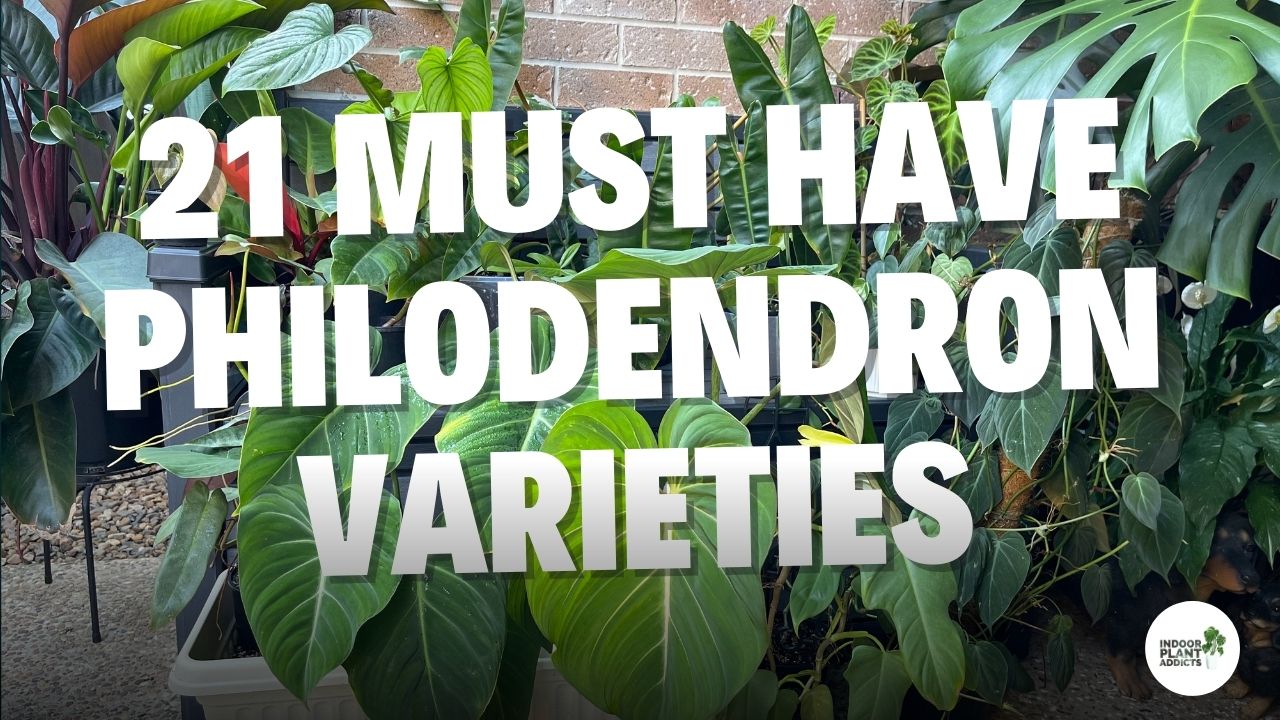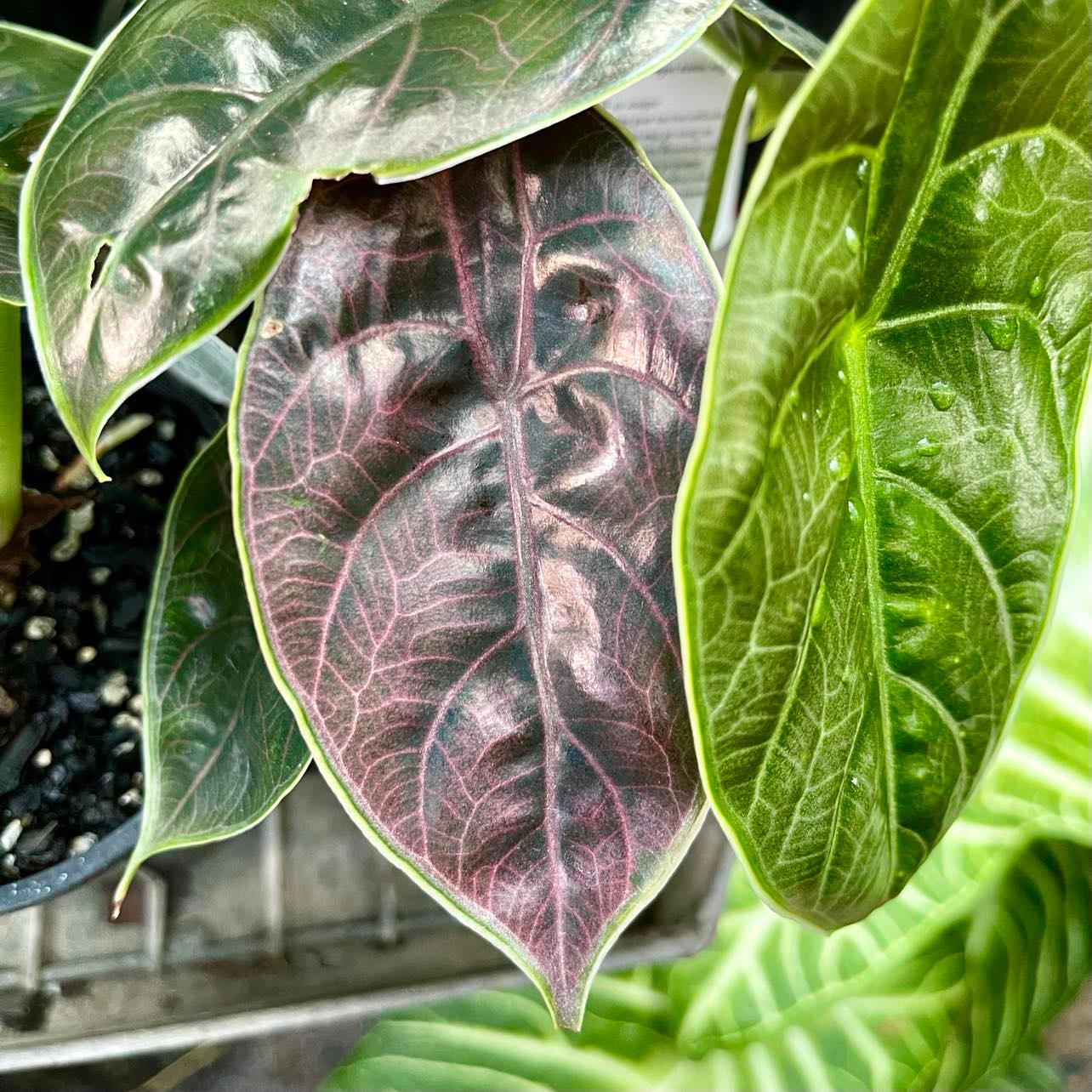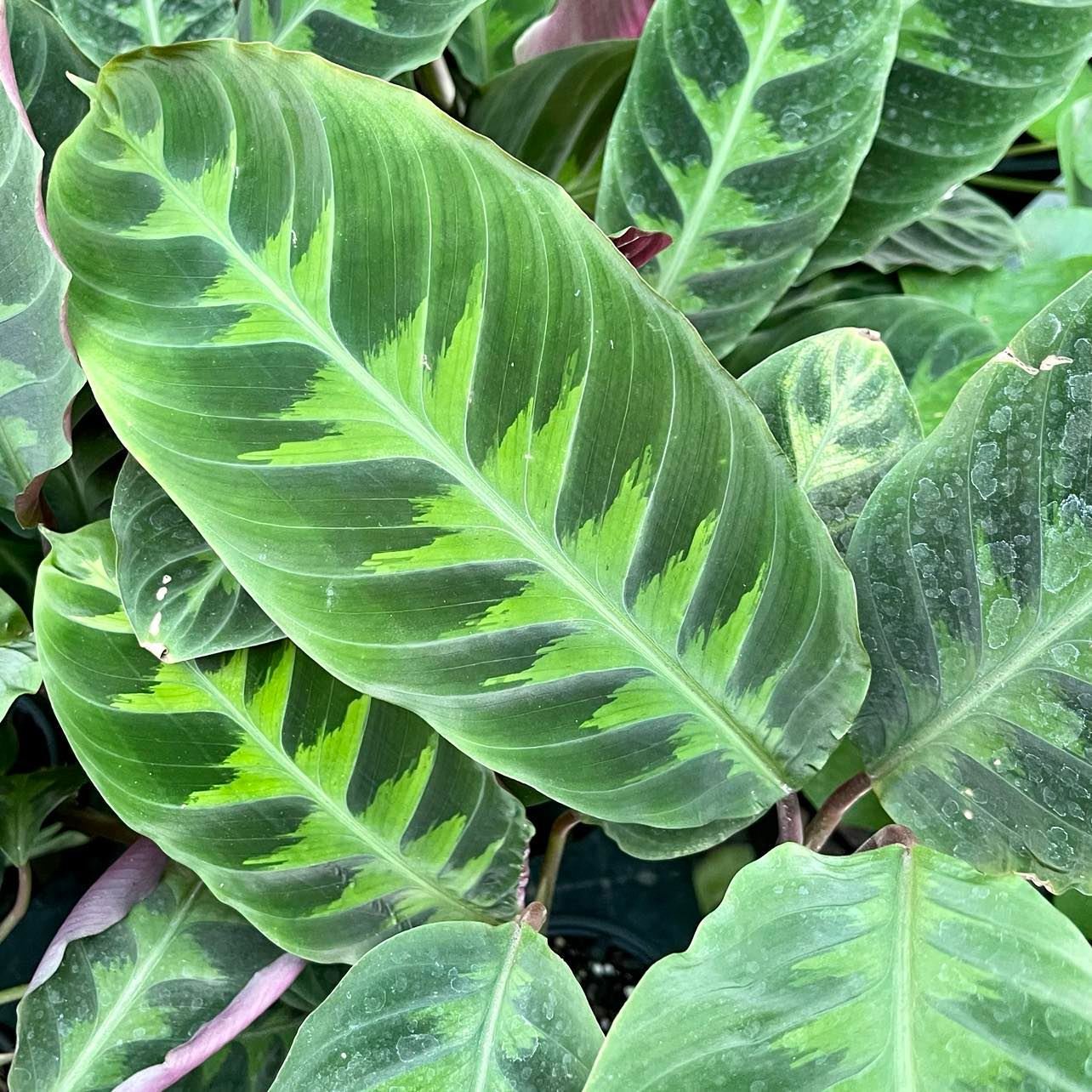Can you grow indoor plants in a greenhouse? Yes! Greenhouses are a great way to grow house plants as they give you greater control over a variety of factors that affect plant health. In the sections below we will cover all aspects of using a greenhouse to grow indoor plants.
We will start with what considerations you’ll need to make when purchasing a green house, how to choose a spot for your greenhouse and how to regulate temperatures within your greenhouse to best suit your individual plants needs.
Benefits of keeping indoor plants in a greenhouse
With a lot of indoor plant addicts one of the biggest problems when it comes to being a plant mum (or dad) is to continue finding spots for all of your new plant purchases. Once every room in your house has become crowded with your beloved house plant varieties, you will find them slowly making themselves homes outside. However keeping indoor plants outside unprotected from the elements can be fatal.
Greenhouses are a great way to regulate temperature and humidity especially during colder Winter months. This is advantageous to extending your plants growing season by allowing you to mimicking climates to that of spring & summer (the typical heavy growing seasons for most house plants).
Being a closed structure, greenhouses offer added protection from pests to your indoor plants by creating a physical barrier between them. The closed nature of greenhouses also protects your indoor plants from the harsh elements such as strong winds and storms.
Choosing a Greenhouse for your Indoor Plants
There are a few important things to consider when it comes to choosing a greenhouse to house your indoor plant species. These are; size/shape, material, budget and site conditions.
Related: Best Greenhouses for Indoor Plants
Size/ shape
Choosing how big your greenhouse needs to be should be taken seriously as there are a few typically forgotten factors when it comes to making the decision.
- How many indoor plants do you currently have that will go into the green house?
- Plan ahead – Are you going to get more plants once you have the greenhouse? (let’s be real, you’re an indoor plant addict and the answer is obviously yes)
- What space have you allocated to setting up your greenhouse? (is is size constrictive?)
- Will you need council approval for the greenhouse you plan to get? (depending on which state you live in you may need a permit form your council approving external structures)
Material
The most common greenhouse materials are Film Plastic, Glass, fiberglass and shade mesh (although shade mesh like the name suggests is intended to shade your plants and doesn’t do the exact same job as other greenhouses). Each of these construction materials have their own pros and cons which is outlined below. Make sure to choose a greenhouse that is best suited to your intended use.
Film/ Plastic Greenhouses
Pros
- Cheaper than glass greenhouses
- Temperature retention and insulation
- Long lasting
Cons
- Flammable
- Prone to color fading (if non UV resistant)
- Susceptible to dust degrading
Fiberglass Greenhouses
Pros
- Cheaper than glass
- Insulates better than glass
- Lighter than glass
Cons
- May begin to yellow
- Highly combustible
- Hazardous glass fibers if cut
Glass Greenhouses
Pros
- Can last up to 50 years
- Excellent heating and retention
- Lets in a lot of light
Cons
- Most expensive
- Can be time consuming to clean glass
- Heavy construction
Shade Mesh ‘Greenhouses’
Pros
- Diffuses harsh full sun
- Protects plants from animals and pets
Cons
- Not as efficient at maintaining humidity
- Lets water through (can cause over watering for some plant varieties)
Finding a spot for your greenhouse
Site Conditions
Is where you live have snow or frost and subject to strong winds? Does the sun beat down on particular areas of your backyard? These are all things you will have to consider when finding a location a greenhouse.
How to protect your greenhouse from strong winds and storms
To counteract strong winds and prepare for storm season you will need to have your greenhouse fixated and secured properly. Tie downs such as guy-lines (typically used on tents for camping) are a great way to help secure your greenhouse and aid in stability during strong winds.
You will also need a flat surface for your greenhouse to be situated on as this helps make it structurally sound. Some site prep may need to be completed to turn a corner of grass in your backyard into a suitable greenhouse site. After you have a flat pad ready laying down a layer of weed mat will help stop weeds and grass growing through. An additional layer of bricks or pavers will not only look great but assist in creating a solid foundation.
Do greenhouses need direct sunlight?
Climate conditions and the time of year play a major role in how much sunlight your indoor plant greenhouse should be receiving. During the colder months your greenhouse should be receiving full sunlight, as this allows it to warm up and maintain temperatures beneficial to plant growth.
In Summer full direct sunlight can be harmful to your indoor plants in a greenhouse. Over heating can occur during summer that will cause your plants to burn, which is detrimental to long term health. It is ideal that during summer your greenhouse is located in partial shade. If you are concerned about your plants over heating a digital thermometer is a great way to monitor temperature ranges.
Greenhouse Ventilation Requirements
Do greenhouses need ventilation?
Ventilation within greenhouses is important for a variety of reasons, these include but are not limited to;
- Reducing excess humidity levels
- Cooling down the temperature
- Allowing fresh air in
Your house plants specific temperature and humidity requirements will determine when and for how long you open up your greenhouse to allow for ventilation. We recommend opening up your greenhouse during the day during the warmer months (especially summer) to avoid your house plants over heating.
Note: digital hydrometers and thermometers help take the guess work out of temperature and humidity.
Does a mini greenhouse need ventilation?
Regardless of size all greenhouses will require ventilation at one point or another. Mini greenhouses will need ventilation in order to maintain good plant health. It is important that mini greenhouses receive adequate ventilation, especially during hot days and months. This assists in removal of excess heat and humidity, additionally this allows fresh air in which your plants will appreciate.
Should I leave my greenhouse door open?
During the hot months it is a great habit to keep your greenhouse door open during the day. However; make sure to close up your greenhouses at dusk to help avoid bugs, insects and pests from getting access to your precious plants at night.
Temperature for Indoor Plants in a Greenhouse
It is important to consider each individual plants needs when keeping indoor plants in a greenhouse. With some plant varieties preferring higher temperatures and humidity to others, your greenhouses climate is not a one size fits all solution. Keeping like minded plants together such as philodendron in the same greenhouse will make it a lot easier to determine which target temperature and humidity you should be aiming to achieve.
If you have a mixed variety of indoor plant species with extreme variations in care for both temperature and humidity you will need to consider either multiple smaller greenhouses or keeping them separate.
How to keep greenhouse from getting too hot
One of the biggest issues you can face using a greenhouse for you indoor plants is overheating. An immediate solution to reduce temperatures within your greenhouse is air circulation. Opening doors, windows and vents will immediately drop your greenhouse temperature. For additional cooling placing a fan inside your greenhouse will further improve circulation, thus further reducing temperatures.




